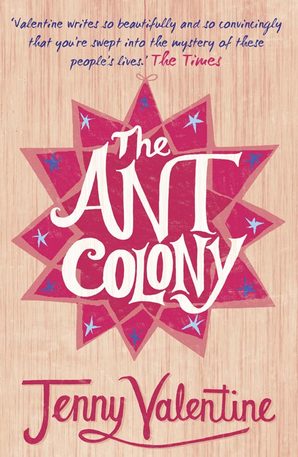You wouldn’t expect YA authors to be particularly nasty folk, and yet it’s true we are often found being mean to teenagers – the ones in our fiction, that is.
At the recent NAWE (National Association of Writers in Education) conference in Durham, I ran a writing workshop focusing on this rather cruel and unusual aspect of writing YA fiction. I co-presented with Martyn Bedford, my PhD supervisor at Leeds Trinity University, author of Flip and Never Ending.
Martyn is also one of this year’s Costa Book Awards judges for the children’s category – see his blog post on the subject here. He began by reading a one-line summary of some of the best books in that category: without exception they contained huge meanness to teens. By the end of that list, we’d had bereavements and bullying, homophobia and haunting.
So why are YA authors drawn to darkness?
In pairs, our writers discussed some of their favourite YA titles, identifying why and how the authors chose to put their teenagers characters through hell, choosing books by Patrick Ness, Meg Rosoff, Jenny Valentine and others to illustrate the point. This opened up into a lively discussion about YA authors’ motivations for meanness, with suggestions including:
- To add drama and pace
- So the character can develop by overcoming adversity
- To be ‘authentic’ and not shy away from real-world difficulties
- To show resilience and hope
We discussed the limits of the meanness we choose as authors, and the issue of censorship and age-appropriate content, identifying that the broad ‘young adult’ category might cover a few different age ranges, and what works for the older age limit might not appeal to younger readers. There was a feeling that YA fiction usually contains some element of hope or redemption, though this is perhaps sometimes lacking in the older age bracket.
Never Ending by Martyn Bedford
When Martyn and I shared extracts from our work, I chose to read from my work-in-progress, Eden Summer. I read – for the first time – a scene that focuses on a violent hate crime. It was slightly uncomfortable, especially when I saw people’s expressions change in response. For me, the scene is justified because I didn’t want to shy away from what is an all-too frequent occurrence in reality, because I kept the attack scene short and because I dwell in the novel on the aftermath of the violence rather than the attack itself, showing my heroine’s slow rise back to strength and survival.
Martyn’s heroine Shiv in Never Ending has a similar trajectory of recovery and reconciliation with a difficult, though different, past.
After our readings, the writers each wrote down two common teen experiences – anything from falling in love to sitting exams – and then these were handed out again at random. The writing task was then to take one or both of these experiences and give it a negative twist, using this prompt to start writing a new scene. All our writers were still scribbling when we ran out of time, so I was very pleased to see our workshop worked!
What emerged from the discussion was a clear sense that the fictional hell we put our teen characters through is added for the best of reasons. Our characters’ suffering serves the story, reveals character and adds drama. So even if darkness doesn’t always lead to light and hope, it certainly brings colour to memorable stories.





